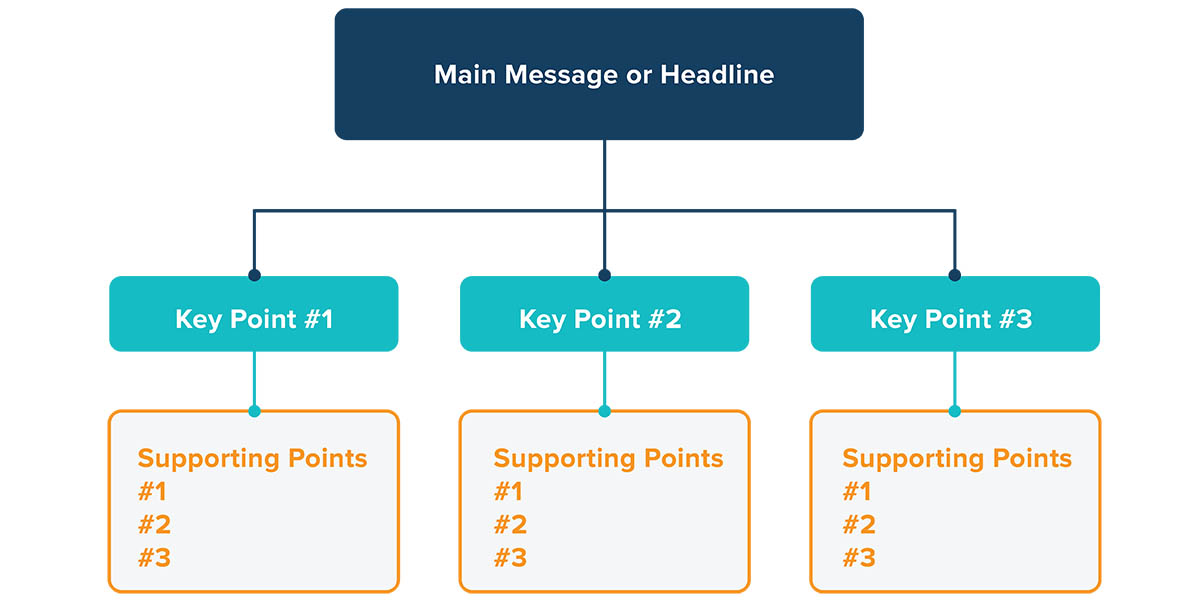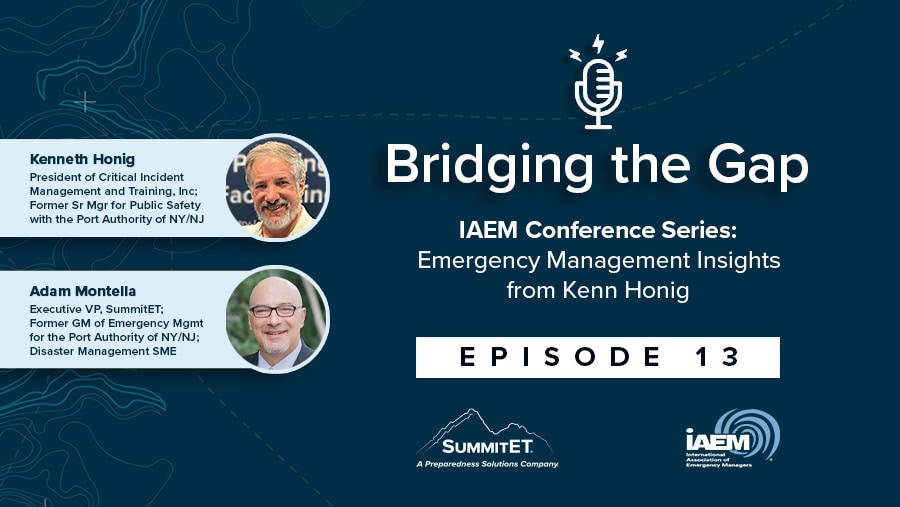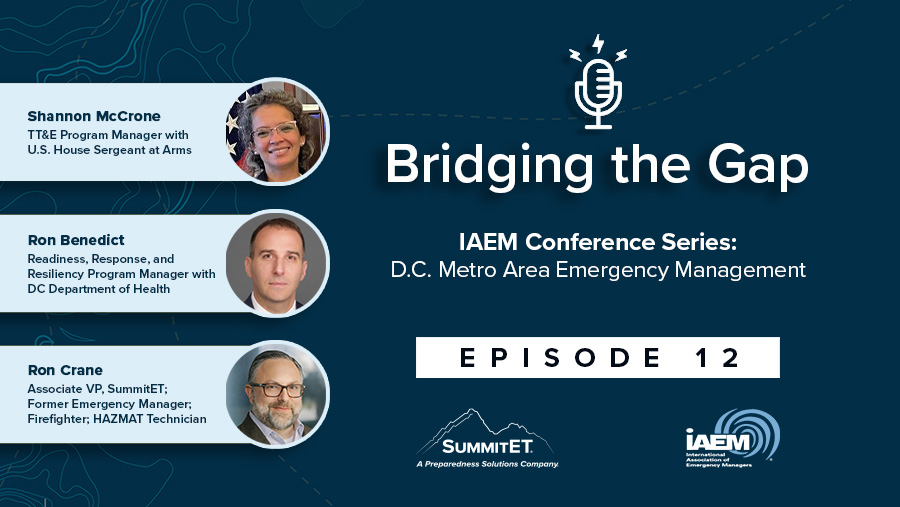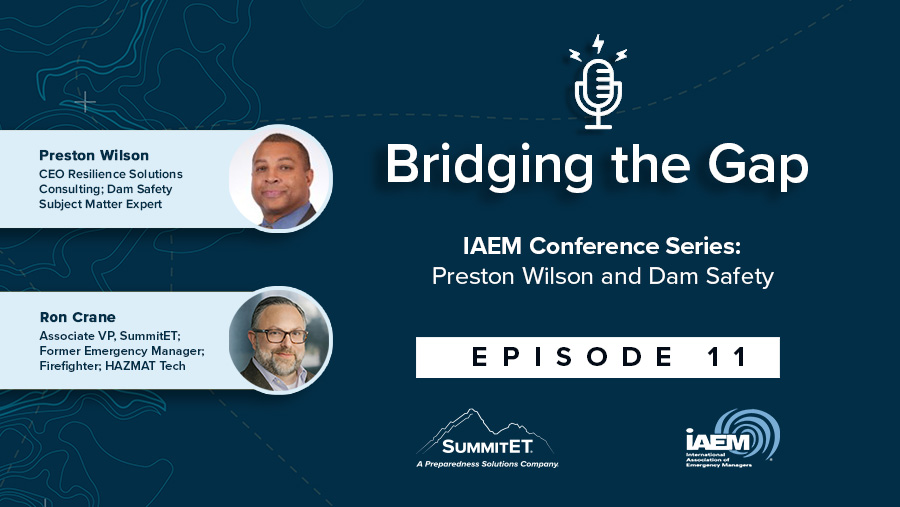Messages play an important role in determining the success of communication efforts before, during, and after a crisis. One of the major issues facing organizations during a crisis is mixed messages from multiple experts. When this occurs, the public can become unsure which message is the most credible. As a result, the tendency is to reject the message and seek alternate messages that reinforce their own existing belief systems. These “new” messages can be contradictory to valid protective action messages and impact the public’s ability to internalize and act upon the correct message.
Previous research conducted by the Centers for Disease Control and Prevention (CDC) and Dr. Vincent Covello led to the collection and analysis of data as to the importance of crisis communication and message development. The result is a vast array of science-based tools and templates crisis communicators can employ to achieve greater communication success, such as a message map
According to Dr. Covello, a message map is a roadmap for displaying detailed, hierarchically organized responses to anticipated questions or concerns. It is a visual aid that provides the organization’s messages for high concern or controversial issues.
The Purpose of Message Mapping
Developing and using message maps achieves several important communication goals:
-
Identifying stakeholders early in the communication process.
-
Anticipating stakeholder questions and concerns before they are raised.
-
Organizing our thinking and developing prepared messages in response to anticipated stakeholder questions and concerns.
-
Developing key messages and supporting information within a clear, concise, transparent, and accessible framework.
-
Promoting open dialogue about messages both inside and outside the organization.
-
Providing user friendly guidance to spokespersons.
-
Ensuring that the organization has a central repository of consistent messages.
-
Encouraging the organization to speak with one voice.
Book a workshop to develop personalized Pre-Scripted Messages.

Message Map Guidelines
Based on Covello’s mental noise theory, humans have a diminished ability to process information when in a crisis. Therefore, message maps use the “Rule of Three”:
-
Ideally three key messages (or one key message with three parts) for each underlying concern or specific question.
-
Individual key messages should also be brief; ideally less than three seconds (or fewer than nine words) for each key message. The entire set of three key messages should be less than nine seconds (or 27 words).
Each Key Message < 3 seconds (or 9 words)
Entire Set of 3 Messages < 9 seconds (or 27 words)
Responses to high risk, high concern crises such as a pandemic require organizations to recast their understanding and thinking about how to communicate information that protects the health and safety of the public, as well as their reputation and trust.
Check out this excellent resource titled “COVID-19: Simple Answers to Top Questions Risk Communication Field Guide Questions and Key Messages” which was published on March 25, 2020 and developed by Vincent Covello and Randall Hyer. This resource offers many crisis communication tools and templates to help your organization achieve success in response to COVID-19.
If your organization would like further information on message maps, identifying and addressing misinformation on social media, or would like to receive a free crisis communication assessment to develop a crisis communications plan, please contact our experts at info@summitet.com or https://summitet.com/contact-us.
Our Strategic Communication team stands ready to forecast your organization’s cascading threats and develop public communication strategies to influence behavior, build confidence, and maintain the public trust.
The Easiest Way to Start Training.
Elevate your team's communication game with our flexible strategic communications workshops. Whether it's in-person, virtual, or hybrid, we offer tailored training options to suit your goals. Empower your team today and enhance your communication skills with expert guidance.




